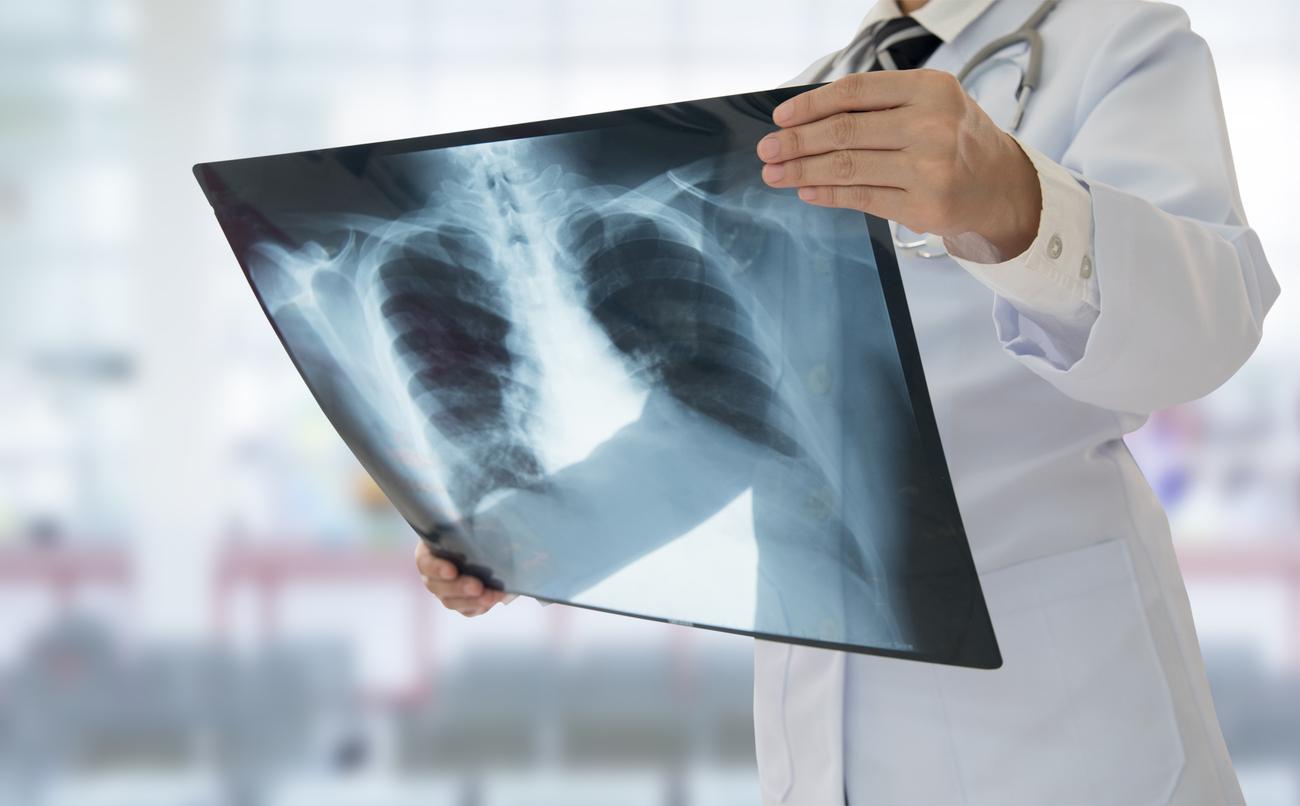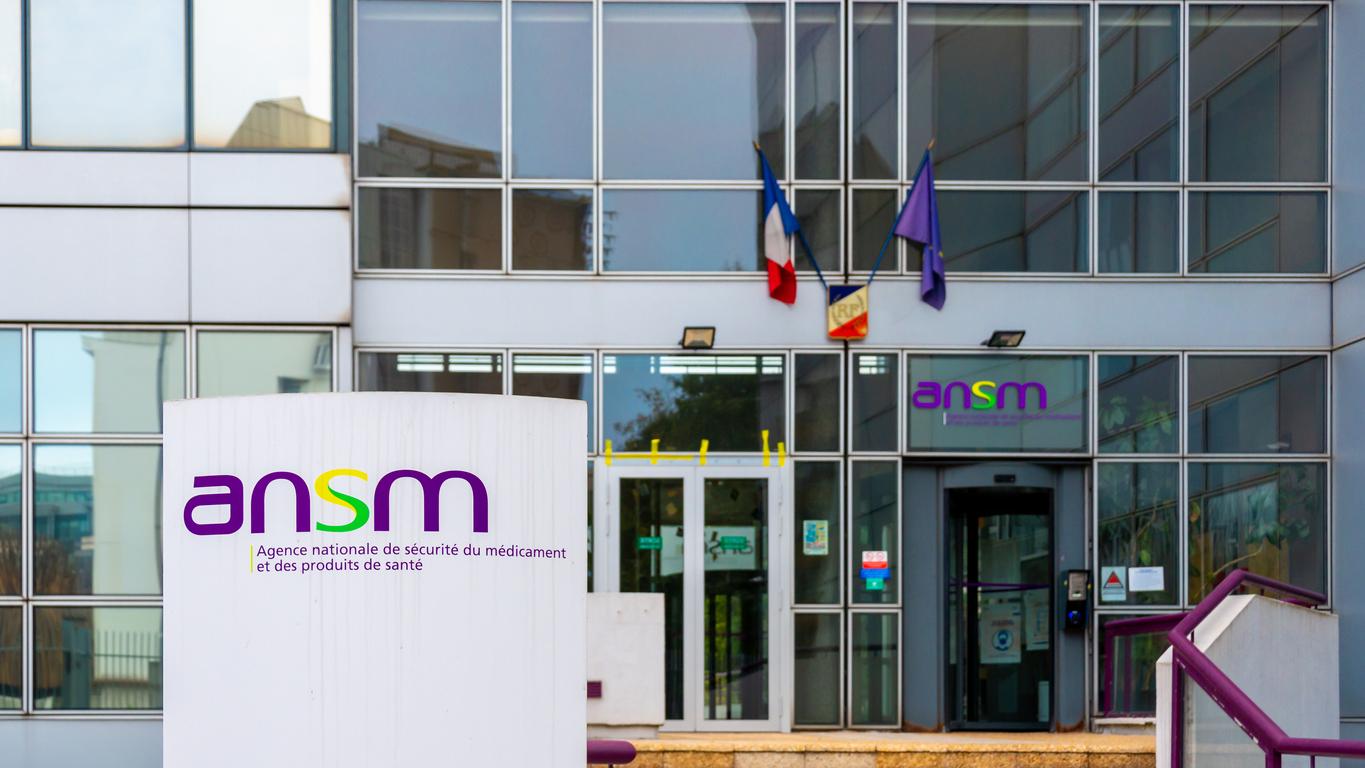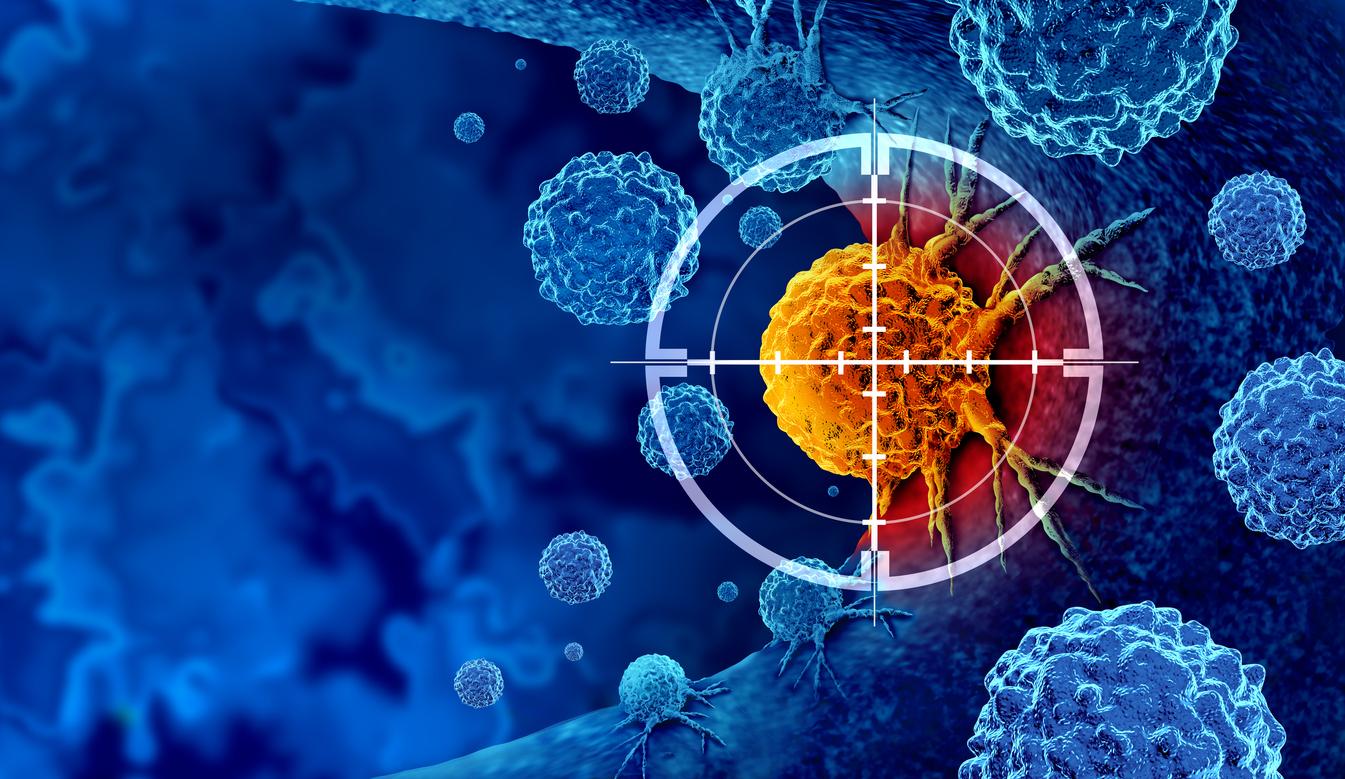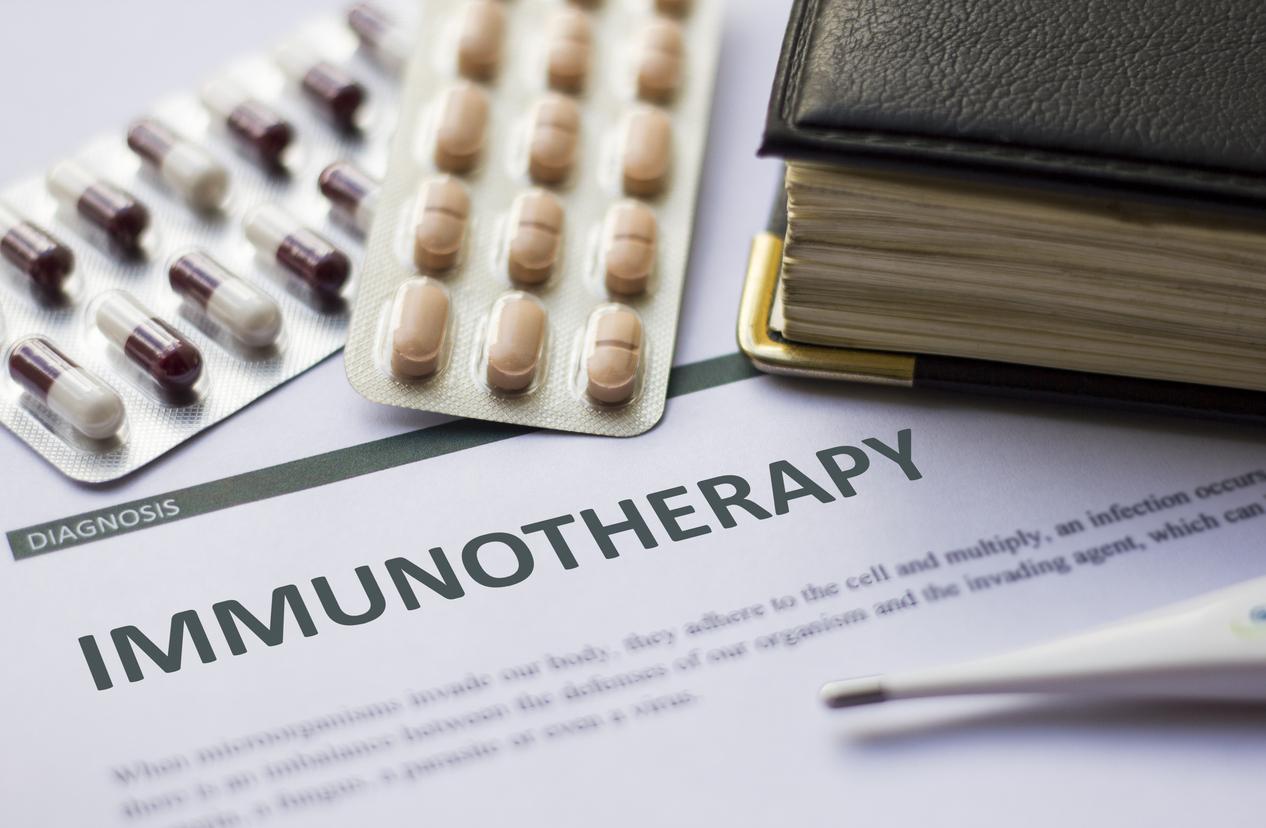Immunotherapy has allowed 56% of adults with small cell lung cancer, a particularly aggressive form, to stay alive three years after diagnosis.
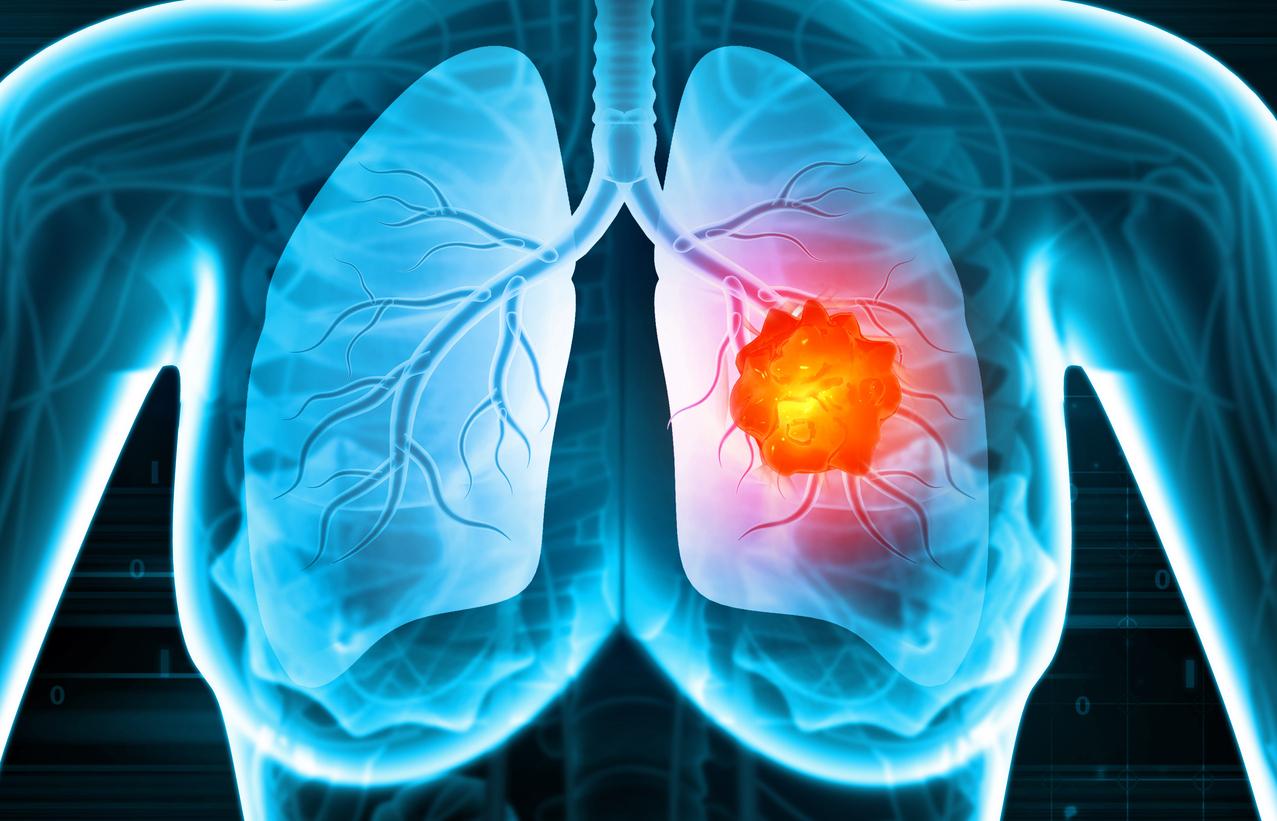
- Small cell lung cancer, which affects 15% of cases, is a very aggressive form of the disease, which often develops rapidly.
- Immunotherapy could reduce the risk of death in patients by 27%.
- It is injected once a month for two years.
Worldwide, lung cancer is the leading cause of cancer-related deaths, according to World Health Organization (WHO). The latter is associated with the highest mortality rates in both men and women. The most common types of lung cancer are non-small cell carcinoma and small cell carcinoma. The former, which grows slowly, is more common and affects 85% of cases, according to health insurance. As for small cell lung cancer, it concerns 15% of cases. Problem: it “is very aggressive and almost always occurs in smokers. It is fast growing, and about 80% of patients have metastatic disease at the time of diagnosis,” reports the MSD Manual.
Boosting the immune defenses of patients with small cell lung cancer
In order to treat this very aggressive form of lung cancer, it is advisable to turn to radiotherapy and chemotherapy. However, recently, researchers have shown that immunotherapy increases patients’ chances of survival. As a reminder, immunotherapy acts on a patient’s immune system to help them fight their disease. “In the case of cancer, it does not directly attack the tumor, but stimulates the immune cells involved in the recognition and destruction of tumor cells,” noted Inserm.

Small cell lung cancer: 27% reduction in risk of death thanks to immunotherapy
During American Society of Clinical Oncology (ASCO)scientists revealed that immunotherapy, which is injected once a month for two years, reduced the risk of death by 27%. Another finding: 56% of patients remained alive three years after diagnosis, compared to 47% previously. This represents an increase of almost 10% in overall survival. “10% may not seem like much, but on the scale of cancerology, it’s colossal!” said, to France TelevisionsDr. Maurice Pérol, head of the thoracic oncology department at the Léon Bérard Center in Lyon. In France, around 2,000 people could be eligible for this treatment.










